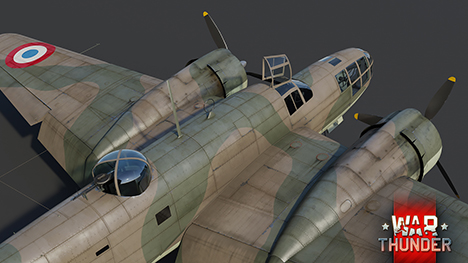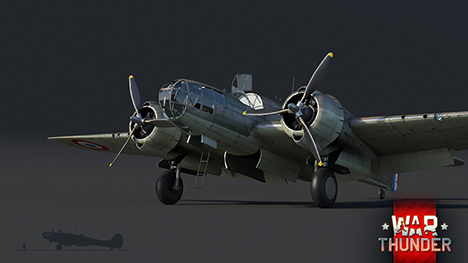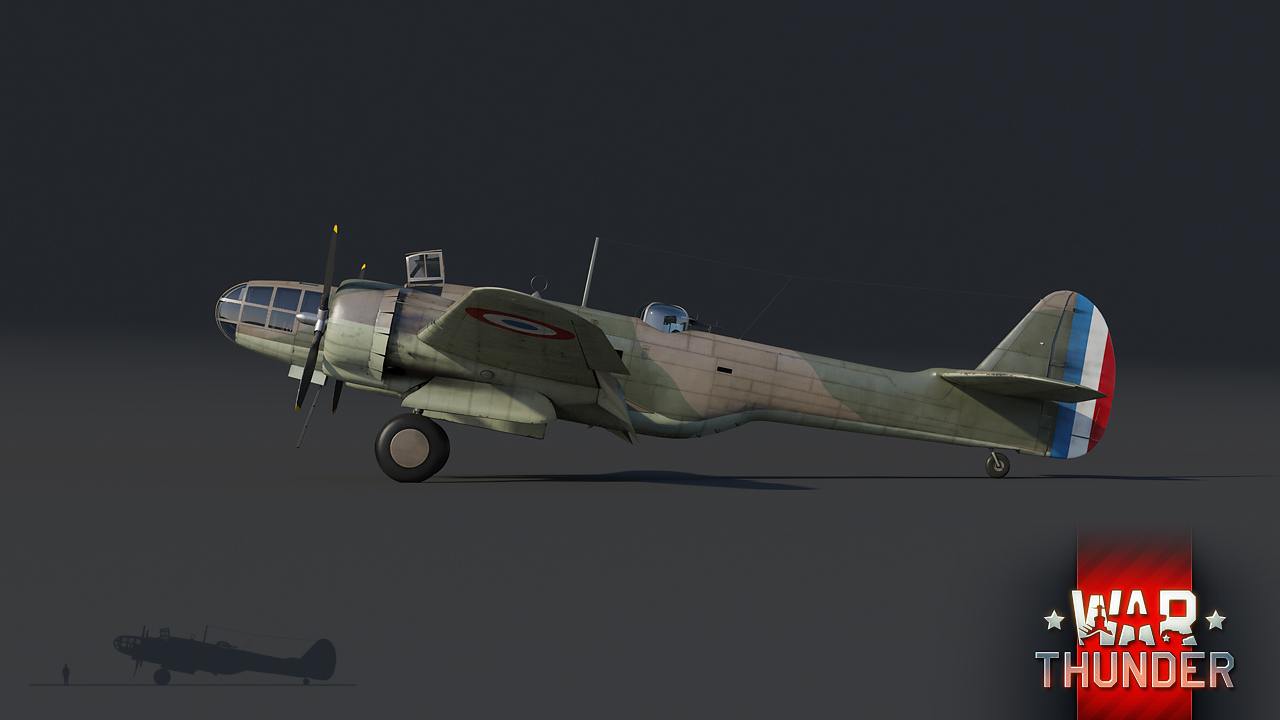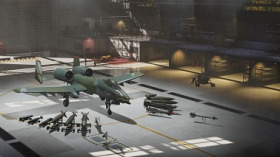
- For PC
- For MAC
- For Linux
- OS: Windows 10 (64 bit)
- Processor: Dual-Core 2.2 GHz
- Memory: 4GB
- Video Card: DirectX 11 level video card: AMD Radeon 77XX / NVIDIA GeForce GTX 660. The minimum supported resolution for the game is 720p.
- Network: Broadband Internet connection
- Hard Drive: 22.1 GB (Minimal client)
- OS: Windows 10/11 (64 bit)
- Processor: Intel Core i5 or Ryzen 5 3600 and better
- Memory: 16 GB and more
- Video Card: DirectX 11 level video card or higher and drivers: Nvidia GeForce 1060 and higher, Radeon RX 570 and higher
- Network: Broadband Internet connection
- Hard Drive: 62.2 GB (Full client)
- OS: Mac OS Big Sur 11.0 or newer
- Processor: Core i5, minimum 2.2GHz (Intel Xeon is not supported)
- Memory: 6 GB
- Video Card: Intel Iris Pro 5200 (Mac), or analog from AMD/Nvidia for Mac. Minimum supported resolution for the game is 720p with Metal support.
- Network: Broadband Internet connection
- Hard Drive: 22.1 GB (Minimal client)
- OS: Mac OS Big Sur 11.0 or newer
- Processor: Core i7 (Intel Xeon is not supported)
- Memory: 8 GB
- Video Card: Radeon Vega II or higher with Metal support.
- Network: Broadband Internet connection
- Hard Drive: 62.2 GB (Full client)
- OS: Most modern 64bit Linux distributions
- Processor: Dual-Core 2.4 GHz
- Memory: 4 GB
- Video Card: NVIDIA 660 with latest proprietary drivers (not older than 6 months) / similar AMD with latest proprietary drivers (not older than 6 months; the minimum supported resolution for the game is 720p) with Vulkan support.
- Network: Broadband Internet connection
- Hard Drive: 22.1 GB (Minimal client)
- OS: Ubuntu 20.04 64bit
- Processor: Intel Core i7
- Memory: 16 GB
- Video Card: NVIDIA 1060 with latest proprietary drivers (not older than 6 months) / similar AMD (Radeon RX 570) with latest proprietary drivers (not older than 6 months) with Vulkan support.
- Network: Broadband Internet connection
- Hard Drive: 62.2 GB (Full client)
The Martin Model 167 is a twin-engined, all metal monoplane American medium bomber, developed by the Glenn L. Martin company in the late 1930s. Although the success of DB-7 prevented the aircraft to enter service with U.S. forces, it soon found its way to war-torn Europe, where it faithfully served with nations like France and the UK until the end of the war. Pilots may expect the Martin 167 A3 to reinforce the ranks of the Armée de l'Air in the upcoming update 1.77 “Advancing Storm”!
The Martin Model 167 medium bomber was developed as a response to a set of requirements issued by the USAAC in 1938. Following these requirements, Martin developed its Model 167 bomber, which received its official testing designation of XA-22. However, despite showing favorable performance, the XA-22 lost out to the Douglas DB-7 (which became A-20 Havoc) during the competition, which resulted in Douglas getting the contract with the USAAC. What would usually spell disaster for most projects that suffered a fate like this, turned out to not to be the case for Martin’s design. With an armed conflict looming over Europe, nations such as France and the UK were desperately stocking up with any military equipment that was on offer, including aircraft. France in particular was looking into buying any available aircraft from manufacturers abroad as the domestic production was limited. These manufacturers were in many cases American companies, just like Martin. In any case, the first orders for French export versions of Martin’s new bomber soon came in, effectively sparing the project from ruin.
The first order called for more than 200 Martin 167s to be built with certain modifications made to optimize it for French use, such as the installation of French armament, including guns, metric instruments and different engines. Martin, eager to fulfill the order, nearly doubled production and managed to manufacture over 100 aircraft in the space of six months. However, the shipment of ready units was delayed until October 1939 until the U.S. arms embargo was lifted. During this period, the French placed an order for an additional 100 aircraft to be made. However, before the order could be entirely fulfilled, France had been occupied by Germany in June 1940 and only 25 further aircraft made it to France after the initial batch. Nonetheless, the units that made it to France performed well in combat, out matching some of France’s domestic bomber aircraft, such as the LeO 451 in combat efficiency and loss rates. Once the armistice was signed, the remaining aircraft were transferred to the African theater of operations, placed under Vichy command and took part in bombing missions against allied positions. In 1943, the Martin 167s stationed in Africa were replaced by newer allied aircraft once the local French forces joined the allies again. A total of around 450 Martin 167 bombers were manufactured and the aircraft continued to serve among the ranks of the French and British air forces until 1945.
In War Thunder, the Martin 167-A3 will join the bomber line of the starting ranks of the French air research tree with the upcoming update 1.77 “Advancing Storm”. Similarly to some French bombers already present in War Thunder, the Martin 167-A3 will continue the trend of having a relatively high top speed for the class of aircraft it is. That being said, the two Wright R-1820 Cyclone engines will allow aspiring pilots of this machine to reach speeds of around 305 mph (500 km/h) on medium altitudes. With a very respectable top speed like this, coupled with the excellent agility provided by the sleek airframe, newcomers to French aviation will have the chance to familiarize themselves with the general handling of some of the machines that succeed the Martin 167-A3 in the bomber line, even before flying them personally.
The Martin 167-A3 is capable of carrying up to 800 kg of ordnance in its internal bomb bay. Need more bang for your buck, you say? No problem, the Martin 167-A3 has got you covered. In addition to bombs, the aircraft is also equipped with four wing-mounted 7.5mm FN-Browning machine guns with an ammunition complement of 750 rounds per gun. This in turn allows pilots to additionally support their team’s efforts by engaging soft targets around the battlefield after they drop their bombs. Provided your teammates chose not to assist you on your way back back to base, your rear hemisphere will still remain covered against enemy fighter attacks thanks to machine gun turrets positioned both on the dorsal and ventral side of the fuselage.
The Martin 167-A3 will make its way to the first rank of the French air forces tree with the upcoming update 1.77 “Advancing Storm”. Be sure to stay tuned to the news to stay up to date with the latest developments for War Thunder’s next major update. Until then, pilots!
Check our previous DevBlogs:
The War Thunder Team










Comments (148)
It looks great! Thanks Gaijin! I just hope you add the British version, the Maryland, as well since now you have a model to work off of.
Will this aircraft also be added to the Americans, possibly at a later date?
It looks Russian
Will we ever see the Avro Arrow? I really want it in the game, preferably in the British tree.
holy snail, umm cckw with 40mm bofors and same bomber for 'murican tree when?
Yeah... that's nice and all... but do we REALLY need yet another low tier bomber? When can we seen P-47 Razorback and P-51C in game?
Bonjour , j'ai une question concernant le Magach 3 (Hors-sujet je sais , mais ne pouvant plus poster sur la page du char en question ) Celui-ci aura d'après vous des plaques de blindages ERA mais je n'en vois aucune sur les photo de celui-ci , y'en aura-t'il finalement ? Merci de vos réponse.
Submit a complaint